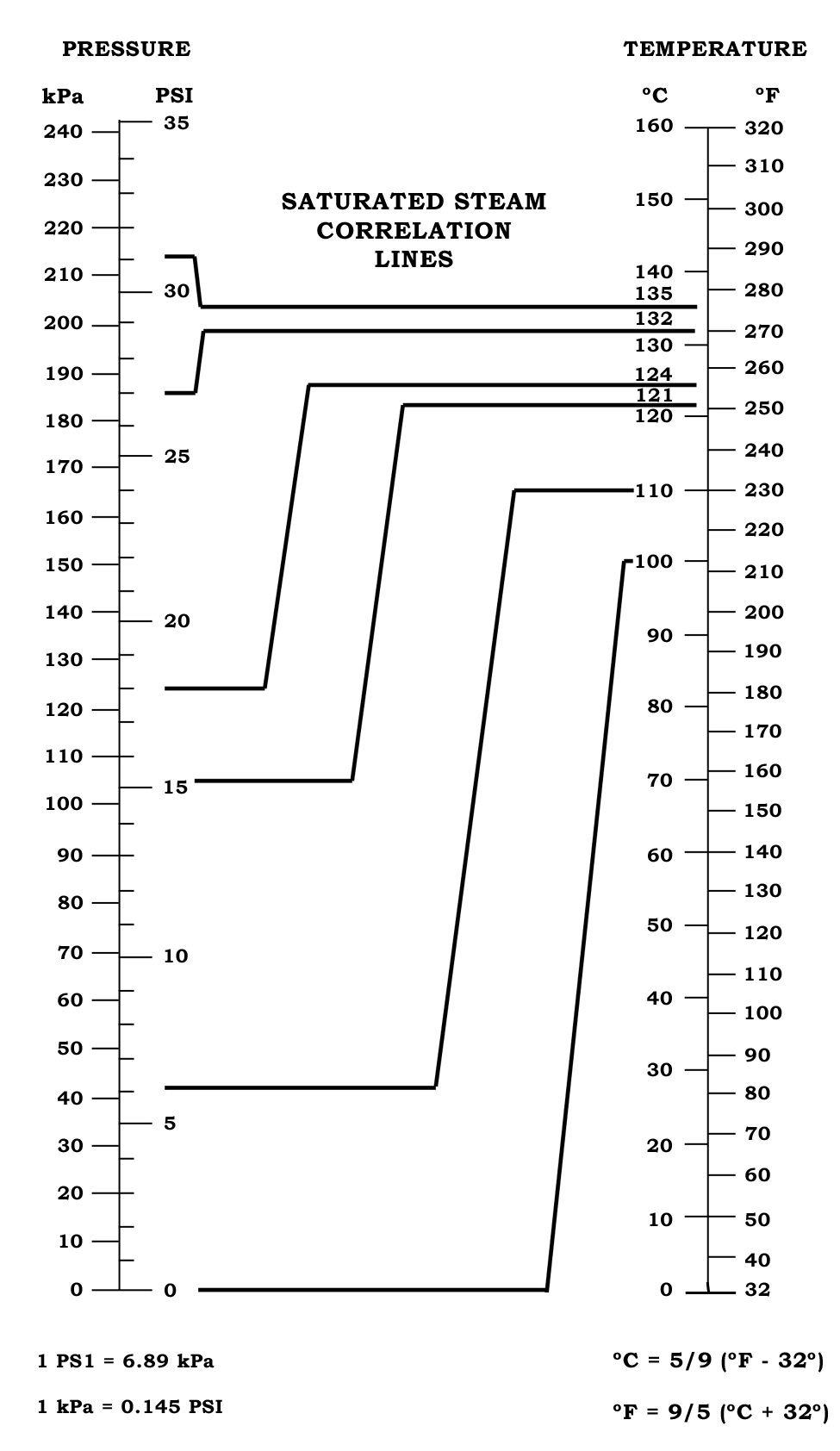Piotr
Well-Known Member
Looks like my pressure cooker doesn't sanitize at all.
Here is the story:
I wanted to prepare some wort for a starter. I sterilized it together with a jar in a pressure cooker, and I put it aside, covered loosely with a lid; in room temperature. Theoreticaly it should be sterile and stay sterile forever, but after two days it shows signs of spontaneus fermentation (thin foam on the surface).
Either my pressure cooker doesn't boil the wort inside the jar, or the bugs actually CAN crawl under the lid, or I have some temperature-resistant bugs.
I sanitized like this: I pour 2 liters of wort into a big 2.5 liter jar; I put it in the pressure cooker (the lid of the jar too), with ~2 liters of water - it covers about 3/4 of height of the jar; I close the cooker, and I let it boil 20 min (counting from the moment when I see the steam escaping). After it cools down a bit I open the cooker, I place the lid on the jar, and only then I take it out of the jar.
Here is the story:
I wanted to prepare some wort for a starter. I sterilized it together with a jar in a pressure cooker, and I put it aside, covered loosely with a lid; in room temperature. Theoreticaly it should be sterile and stay sterile forever, but after two days it shows signs of spontaneus fermentation (thin foam on the surface).
Either my pressure cooker doesn't boil the wort inside the jar, or the bugs actually CAN crawl under the lid, or I have some temperature-resistant bugs.
I sanitized like this: I pour 2 liters of wort into a big 2.5 liter jar; I put it in the pressure cooker (the lid of the jar too), with ~2 liters of water - it covers about 3/4 of height of the jar; I close the cooker, and I let it boil 20 min (counting from the moment when I see the steam escaping). After it cools down a bit I open the cooker, I place the lid on the jar, and only then I take it out of the jar.




